Throughout the late 1960s and early 1970s in large cities all over the United States, children invented a new art form that started with writing their names on walls in their neighborhoods.
Local governments launched cleaning campaigns and mandated that young writers be arrested for their vandalism, but the movement could not be stopped. Unrelenting young people forged ahead at a feverish pace with creative innovations and inspired generations of new practitioners.
In no time, the wall writings quickly developed to become more elaborate and decorative. Taking on unique and distinguishable signifies like arrows, crowns and other innovations through design and color, this became the blueprint for tags, throw-ups, masterpieces, and the elaborate works seen today.
Fifty years later, the Museum of Graffiti was formed to preserve graffiti’s history and celebrate its emergence in design, fashion, advertising, and galleries. The Museum experience includes an indoor exhibition space, eleven exterior murals, a fine art gallery, and a world-class gift shop stocked with limited edition merchandise and exclusive items from the world’s most talented graffiti artists.
GRAFFITI CLASS FOR BEGINNERS
(Every Saturday @ 5PM)
LED BY LOCAL ARTISTS
(Every Sunday @ 10AM)
Featured Exhibitions
There is no complete story for the graffiti world as there are thousands of participants
in the past and the present.
We are students as much as leaders in this global movement, sharing our enthusiasm
as we present this exhibit.
Graffiti–the act of writing on walls–is an old practice traced back centuries to churches in England, visitors' names in the catacombs in Paris, and lewd jokes in Pompeii.
Humans have a need to leave public messages, always have and always will.
This exhibition celebrates the graffiti
of our lifetime, the type of graffiti that has become a global movement and culture started by American children and teenagers.
Style writing or just plain writing is what
we call it from within the movement.
Today, writing can be found in just about
every corner of the globe,
from Helsinki and Berlin to Lima,
Melbourne, and Miami.
Cities have their own indigenous styles
and passionate practitioners,
working daily to be seen and heard.
Social media carries the names
beyond the national barriers,
but it wasn’t always that way.
Two cities can claim bragging rights to
the birth of this new graffiti movement: Philadelphia and New York City.
In the late 1960s both cities were home to teenagers who saw public walls and trains as a perfectly natural and acceptable place to sign their names, breaking the law but adding a new spin on the typical gang graffiti
that was already present in the streets.
These teenagers were bold, adventurous, and sought fame and recognition from their friends.
The global expansion of New York City’s
graffiti style caused a stir in just about
every city it appeared in.
Trains and walls were covered, spray paint was stolen from shops, teenagers adopted the new cultural import, and adults had a hard time accepting it, leading to strict laws,
arrests, and severe punishments.
Of course, the writers suffered...
but they also adapted, innovated,
and changed to thrive and survive.
Writers plotted and transformed the culture
to their favor. Some took to graphic design, tattoo art, fashion design, and murals,
while others turned to hidden walls
or freight trains to pursue the writing tradition, and a few continued to paint trains
accepting the risk of more severe penalties. These artists influenced the world and continue to impact popular culture today.
This is a small part of the story.
__________________
A body of works by
ISE, FINOK, THIAGO NEVS, & SKOLAS
of Sao Paolo's VLOK Crew.
Ise, Thiago Nevs, Finok, and Skolas,
while individually being studio artists,
are all graffiti artists from São Paolo, Brazil.
The artists have come together as a collective, embodying four different generations of graffiti artists, to present a body of work that is not representative of their traditional graffiti
but rather communicates their shared life experiences as artists in their communities.
Their paintings depict self-portraits, street landscapes, and average citizens in an effort to highlight their deep love for all aspects
of the graffiti art movement,
not just the letters themselves.
The paintings, steeped in culture, present artifacts and symbols that are inherent in the fabric of both current daily life and history
in Brazil. Soccer balls, Bahia bracelets, religious shrines, tags, and flying kites are all integrated in a way that convey
an admiration for a city rich in personality
that serves as their inspiration.
The artists tap into folk art traditions and use colorful patterns, fabrics, found objects,
and assemblages to transport you to
Brazil and share some of the widely unknown and indigenous aspects of their nation
while also calling attention to the daily economic and social issues
that are present today.
__________________
The Sound of Graffiti
An exhibition that pairs
the beats, basslines, imagination,
and expression of graffiti writers’
who make both music
and visual studio work.
Graffiti has historically been interconnected with certain types of music like punk rock, techno, and Hip-Hop. Commonalities like the use of public space, themes of rebellion and angst, and the “do it yourself” mindset are threads that run through the fabric of these art-forms. These congruities and the urban environment from which they originate have naturally led graffiti writers to experiment within these musical genres and vice versa.
Writers on Wax is a project created by Ruyzdael Music, a group of Dutch graffiti writers and creatives who saw the importance of compiling the music created by graffiti writers. Their vinyl-only project, Writers on Wax: The Sound of Graffiti, is a series of albums that feature exclusive tracks created by today’s leading visual graffiti artists from around the world – some who have alter-egos in the music world. All three of their vinyl music releases are on installed along with old-school turntables for your listening pleasure.
In the visual portion of the exhibition,
graffiti reigns supreme.
BLADE (Steven Ogburn, New York, b. 1957) via photographs by Martha Cooper,
DELTA (Boris Tellegen, Amsterdam, b. 1968),
NUG (Magnus Gustafsson, Sweden, b.1972), Paul Du Bois Reymond (Amsterdam, b.1974), and
PURE (Aindriais Dolan, New York, b.1969) each draw on their deep roots in graffiti
to present a wide range of styles
from pioneering lettering,
to using the spray paint medium
for abstraction,
to addressing the landscapes in which graffiti and their practitioners occupy,
and using the ornate aspects of graffiti
to create a composition.
Collectively, the pairing of the visual works
with the artist’s musical creations
provides a holistic snapshot of the
collective urban inspiration and output
of these multidisciplinary artists.
This program is supported as part of the Dutch Culture USA program by the Consulate General of the Netherlands in New York.
__________________
The Museum of Graffiti exhibits, educates, and celebrates the thousands of graffiti artists who have transformed walls in our public spaces into vibrant masterpieces.


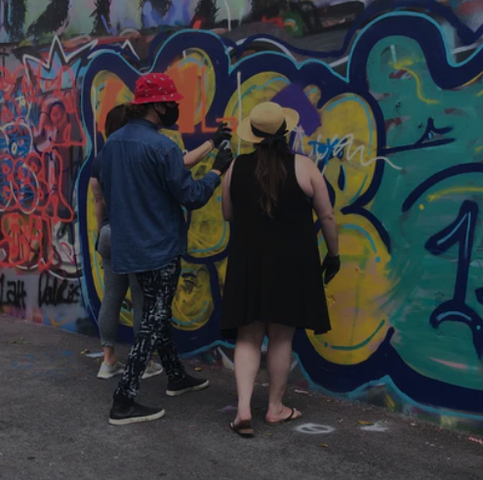
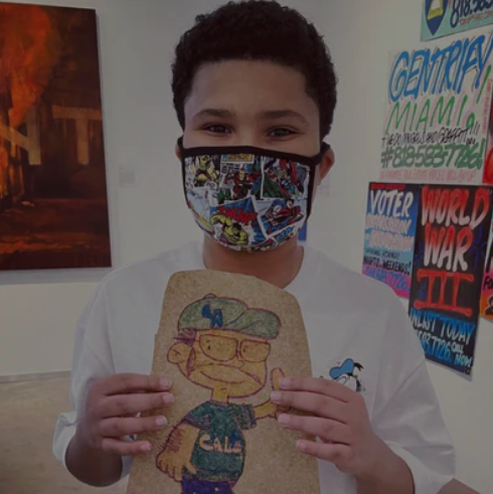
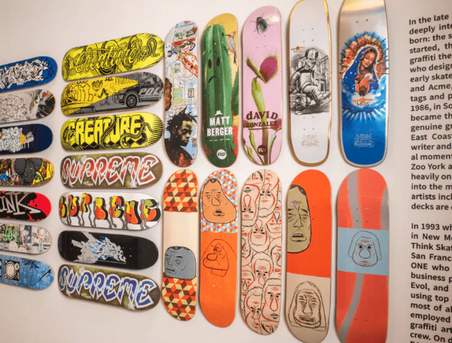
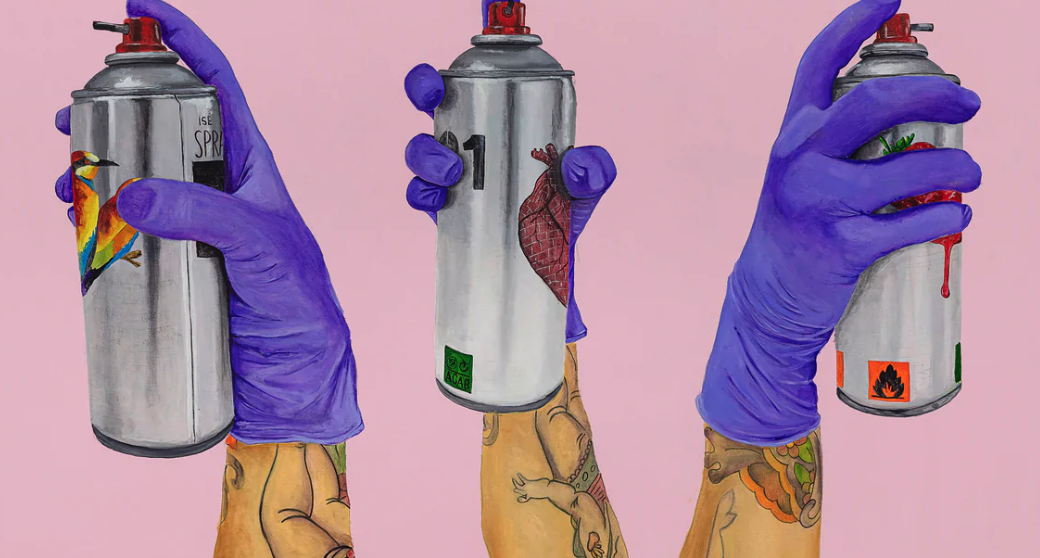
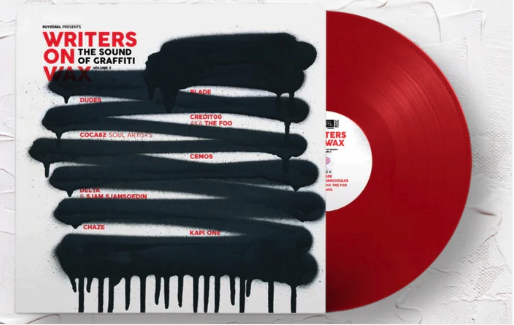
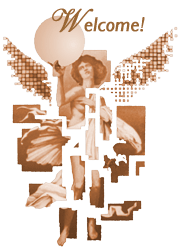
 RSS Feed
RSS Feed